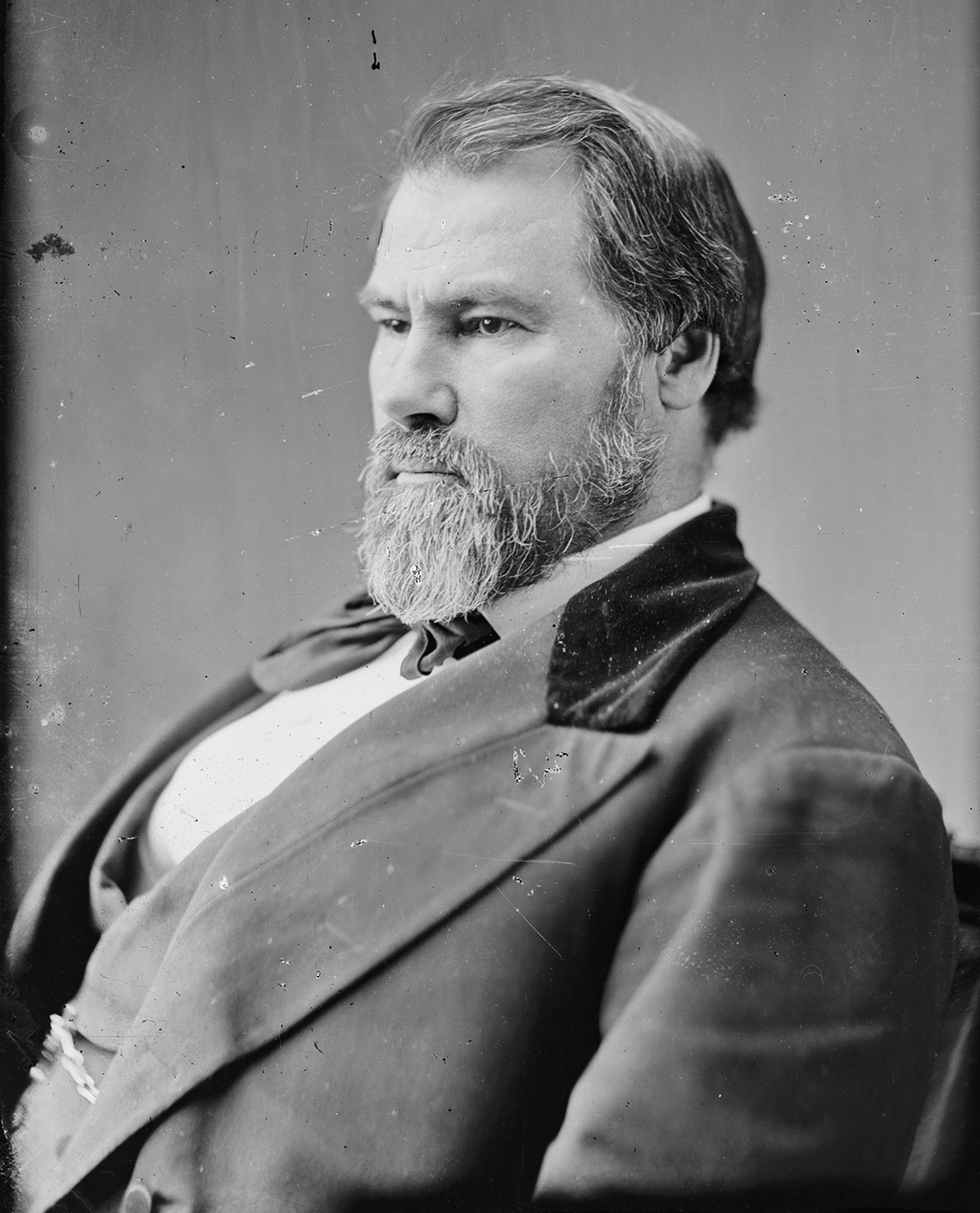The other idolized Reagan
When the Dallas school board decided in March 1905 to name a new school in Oak Cliff, only one person came up.
“Victor H. Hexter at once suggested John H. Reagan building,” a newspaper reported at the time. “And the plan was met with such favor that there was no other nomination and the vote was unanimous.”
They also wrote a letter to Reagan’s widow to express their feelings of “veneration and of love.”
John H. Reagan, who represented Texas in both houses of U.S. Congress and spearheaded the Texas Railroad Commission, died on March 6, 1905 at age 86. Texas newspapers at the time of his death praised Reagan as a “patriot,” as “among the wisest men of his age,” and “the most eminent of Southern statesmen.”
Reagan, however, had been a pro-slavery secessionist and a Confederate government official.
He served in Texas’ second legislature in the 1840s, and he was elected to the U.S. House of Representatives in 1857. He resigned from the House in January 1861 to join the Confederacy.
Confederate president Jefferson Davis appointed Reagan to his cabinet, making him postmaster general. After the war ended, Davis and Reagan were captured together, in May 1865. Reagan spent 22 weeks in solitary confinement at Fort Warren in Boston Harbor.
While imprisoned, he wrote a letter to his fellow Texans imploring them to recognize the authority of the United States, to renounce secession and slavery and to extend the “elective franchise” to former slaves. If not, he warned, the U.S. would take military action against Texas, and black people would be given the right to vote.
He was the last Confederate government official to die.
Those trying to keep the fires burning for the Confederacy 40 years after its demise used Reagan’s life and legacy as a symbol upon his death.
The Dallas chapter of the Daughters of the Confederacy published this tribute:
“John H. Reagan was the last link connecting the present with the historic past. When the stars and bars were flung to the breeze, his advice and counsel helped to stir the Confederacy in its struggle for its just rights. He endured the rigors of prison life with stoic fortitude for he had been called to suffer for his beloved South.”
After his release from prison, Reagan continued political work in Texas. The United States pardoned him, and he again served in the U.S. House of Representatives, from 1875-1887. He was elected to the U.S. Senate in 1887.
In 1890, Gov. Jim Hogg asked Reagan to head up the new Texas Railroad Commission, which was aimed at regulating commerce in the state.
He ran an unsuccessful bid for governor and wrote a book about his life titled “Memoirs,” which is in the Library of Congress. He also helped to found the Texas State Historical Association, and he was a supporter of Confederate veterans organizations.
Oak Cliff schools were terribly overcrowded at the time the Reagan school, originally called “the West End School,” was built. The new school could house about 700 students.
It was built for white students only at a cost of $10,000, plus $2,000 for furnishings.
The original building was demolished in 1981 and replaced with the current Reagan Elementary School.
That school, which sits amid the constant development and ever-increasing property values of the Bishop Arts District, achieves high marks on state performance exams even though about 96 percent of its students live in poverty.






